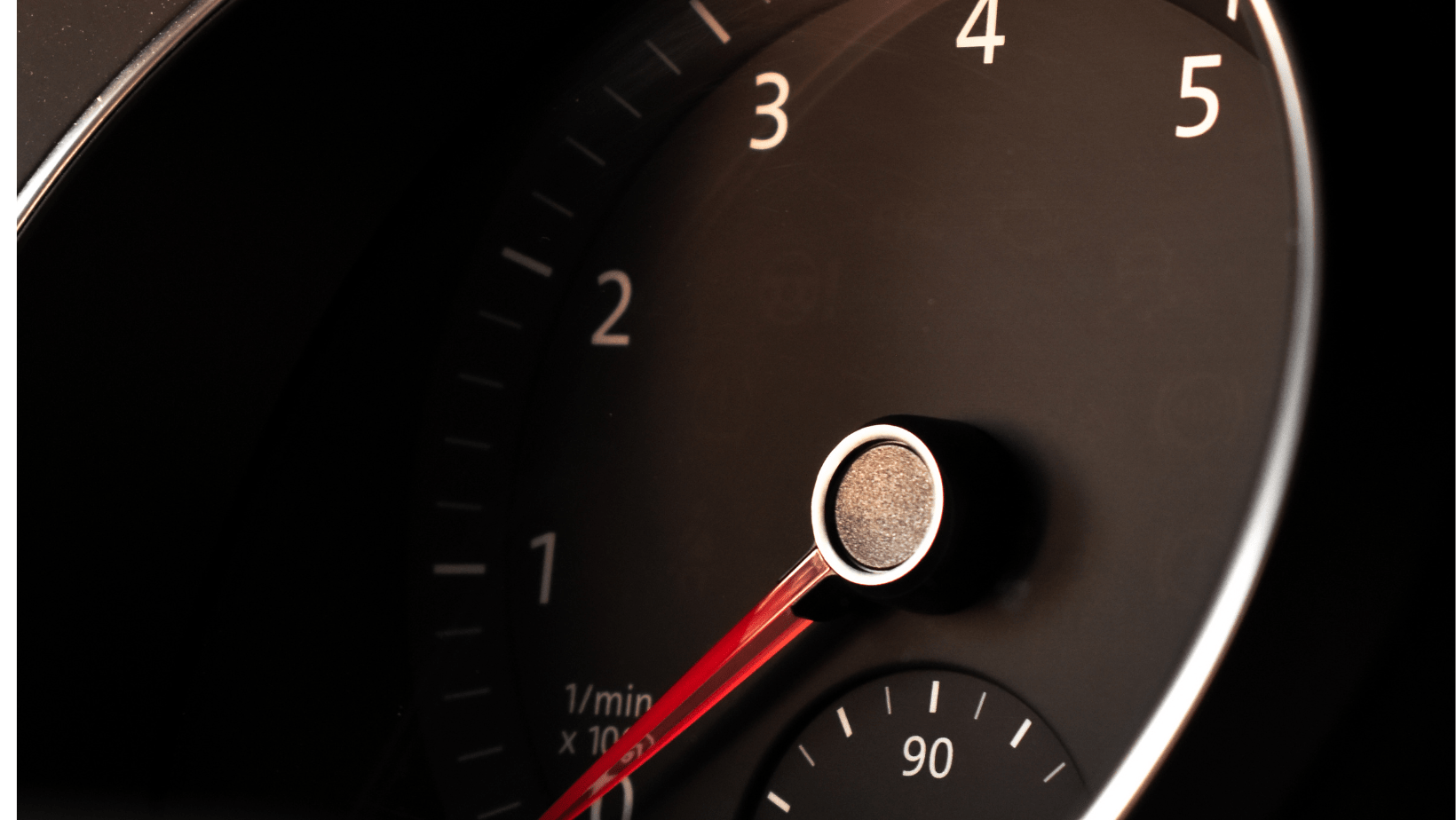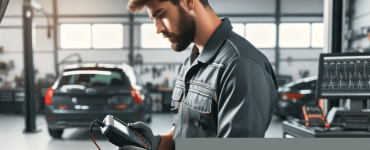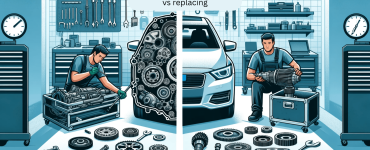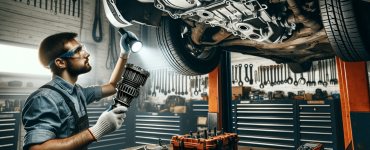Torque converter issues
Key Takeaways Table
| Key Point | Details |
|---|---|
| Symptoms of Torque Converter Issues | Slipping transmission, rough idling, overheating, etc. |
| Transmission Repair Techniques | Steps include identifying the problem, removing the damaged line, and checking for leaks post-repair. |
| Importance of Professional Assessment | Due to the complexity, seeking professional help is advisable. |
| Cost Implications | Varies based on damage; average repair costs range from $200 to $1000. |
Torque Converter Issues: Understanding and Addressing Transmission Repair Techniques
Welcome to the intricate world of automobile maintenance, where understanding the subtle cues of your vehicle can save you from a cascade of mechanical troubles. For those driving the mechanical symphony that is an automatic transmission, the torque converter plays a pivotal role in harmonizing your engine’s power with the smooth progression of gears. However, when the torque converter faces issues, it can lead to a range of problems that demand immediate attention.
Recognizing the Signs of Torque Converter Problems
A faulty torque converter can exhibit symptoms that mirror transmission hiccups, making it crucial to discern the source accurately. Among the primary signs is the notorious transmission slipping, a condition where your engine revs without the corresponding acceleration, much like a musician playing out of tune. Rough idling, where the vehicle shudders as if stricken by a bout of coughs, and rough acceleration, akin to a staccato rhythm on your accelerator, are also tell-tale signs. If your vehicle refuses to move in drive or reverse, it’s akin to a pause in an engine’s melody, signaling a complete torque converter failure.
Heat is a formidable enemy in the automotive world, and an overheating transmission, spurred by a slipping torque converter, is the equivalent of an instrument overheating mid-performance. Lastly, any unusual noises emanating from your transmission are cries for immediate attention, possibly indicating bearing or solenoid failures within the torque converter.

The Technical Sonata: Repairing Transmission Lines
When the transmission lines suffer, it’s as if the veins of your vehicle’s circulatory system are compromised. These lines are the conduits for transmission fluid, essential for the smooth operation and gear shifts in your vehicle. Understanding how to repair them can be the difference between a minor hiccup and a full-blown automotive malady. Begin by identifying the issue, be it a leak or a clog, and proceed to remove the compromised line. Cutting and replacing it with a precise match is next, followed by a thorough inspection for any leaks. Remember, each step is crucial – missing a beat here can lead to larger issues down the road.
The Right Tools for a Fine-Tuned Repair
Embarking on transmission line repairs requires a well-stocked toolkit, not unlike a mechanic’s instrument case. Wrenches, pliers, tubing cutters, and the right replacement parts are just the start. Just as a musician would never perform without a tuner, never start repairs without the necessary tools and materials, including a transmission line repair kit.
When to Seek Professional Harmony
While understanding the nuances of transmission repair is empowering, recognizing when to hand the reins over to a professional is equally important. The complexity of transmission lines often calls for experienced hands, and the stakes are high – a misstep could result in further damage or even a complete transmission failure. It’s a delicate balance, much like the tuning of a complex piece of machinery or a finely-crafted instrument.

Cost of Repair: Investing in Your Vehicle’s Longevity
The investment in repairing torque converter issues or transmission lines varies, reflecting the complexity of the work and the make of your vehicle. On average, you might expect to pay between $200 to $1000, which, in the grand scheme, is a worthwhile investment to keep your vehicle’s performance on point.
Throughout this technical narrative, one must not forget the importance of regular maintenance and the harmony it brings to your automotive experience. Addressing issues like gear slipping and understanding the proper fluid change intervals for your transmission can significantly prolong the life of your vehicle’s transmission system. Moreover, for those looking for a deeper dive into the world of transmission repair, exploring the differences in manual vs. automatic repair techniques can offer valuable insights.
Remember, your vehicle is more than a machine; it’s a companion on the road of life, and its upkeep is a testament to your commitment to the




